Mahmoud M. El-Halwagi0122368452, 9780122368455
Table of contents :
Contents……Page 8
Preface……Page 14
1.1 The Environmental Problem and Pollution Prevention……Page 18
1.2.1 Process Synthesis……Page 20
1.2.3 Process Optimization……Page 22
1.3 Can Flowsheets Provide Global Insights?……Page 23
1.4 Branches of Process Integration: Mass Integration and Energy Integration……Page 27
1.5 Structure of the Book……Page 29
2.1 What Is a Mass Exchanger?……Page 33
2.2 Equilibrium……Page 34
2.3 Interphase Mass Transfer……Page 36
2.4 Types and Sizes of Mass Exchangers……Page 37
2.5 Minimizing Cost of Mass-Exchange Systems……Page 43
3.2 Problem Scope, Significance, and Complexity……Page 61
3.3 Mass-Exchange Network Synthesis Task……Page 62
3.5 The Corresponding Composition Scales……Page 64
3.6 The Pinch Diagram……Page 66
3.7 Constructing Pinch Diagrams without Process MSAs……Page 85
3.8 Trading Off Fixed versus Operating Costs……Page 89
4.1 The Source-Sink Mapping Diagram……Page 101
10.6 Case Study: Removal of Methyl Ethyl Ketone “MEK”……Page 0
5.3 Mass-Exchange Cascade Diagram……Page 124
5.4 Example on Dephenolization of Aqueous Wastes……Page 126
5.5 Synthesis of MENs with Minimum Number of Exchangers……Page 128
5.6 Feasibility Criteria at the Pinch……Page 129
5.6.2 Operating Line versus Equilibrium Line……Page 130
5.7 Network Synthesis……Page 132
5.8 Trading Off Fixed versus Operating Costs Using Mass-Load Paths……Page 136
6.1 Generalization of the Composition Interval Diagram……Page 143
6.2 Problem Formulation……Page 144
6.3 The Dephenolization Example Revisited……Page 145
6.4 Optimization of Outlet Compositions……Page 150
6.5 Stream Matching and Network Synthesis……Page 154
6.6 Network Synthesis for Dephenolization Example……Page 156
7.1 Problem Statement and Challenges……Page 171
7.2 Synthesis of MSA-Induced WINs……Page 172
7.2.1 The Path Diagram……Page 173
7.2.2 Integration of the Path and the Pinch Diagrams……Page 175
7.2.3 Screening of Candidate MSAs Using a Hybrid of Path and Pinch Diagrams……Page 177
7.3 Case Study: Interception of Chloroethanol in an Ethyl Chloride Process……Page 178
7.4 Developing Strategies for Segregation, Mixing and Direct Recycle……Page 192
7.5 Case Study Revisited: Segregation, Mixing and Recycle for the Chloroethanol Case Study……Page 193
7.6 Integration of Interception with Segregation, Mixing, and Recycle……Page 199
8.1 Objectives of REAMEN Synthesis……Page 208
8.2 Corresponding Composition Scales for Reactive Mass Exchange……Page 210
8.3 Synthesis Approach……Page 216
9.1 Synthesis of HENs……Page 234
9.1.1 Minimum Utility Targets Using the Pinch Diagram……Page 235
9.1.2 Case Study: Pharmaceutical Facility……Page 238
9.1.3 Minimum Utility Targets Using the Algebraic Cascade Diagram……Page 242
9.1.4 Case Study Revisited Using the Cascade Diagram……Page 243
9.1.5 Minimum Utility Targets Using Mathematical Programming (Optimization)……Page 244
9.1.6 Case Study Revisited Using Linear Programming……Page 248
9.3 Case Study: CHARMEN Synthesis for Ammonia Removal from a Gaseous Emission……Page 252
9.4 Case Study: Incorporation of CHARMEN Synthesis into Mass Integration for an Ammonium Nitrate Plant……Page 257
10.1 Problem Statement……Page 265
10.2 System Configuration……Page 266
10.3 Integration of Mass and Heat Objectives……Page 267
10.4.1 Minimization of External Cooling Utility……Page 268
10.4.2 Selection of Cooling Utilities……Page 269
10.5 Special Case: Dilute Waste Streams……Page 270
10.7 Effect of Pressure……Page 276
11.1 Classification of Membrane Separations……Page 279
11.2.1 Operating Principles……Page 281
11.2.2 Modeling of HFRO Units……Page 282
11.3.1 Synthesis of RON’s: Problem Statement……Page 290
11.3.2 A Shortcut Method for the Synthesis of RON’s……Page 291
12.1 Synthesis of Environmentally Acceptable Reactions……Page 306
12.2 Synthesis of Environmentally Benign Species……Page 308
Appendix I: Useful Relationships for Compositions……Page 314
Appendix II: Conversion Factors……Page 317
Appendlx III: Overview of Process Economics……Page 320
Appendix IV: Instructions for Software Package……Page 326
F……Page 332
M……Page 333
T……Page 334
Z……Page 335
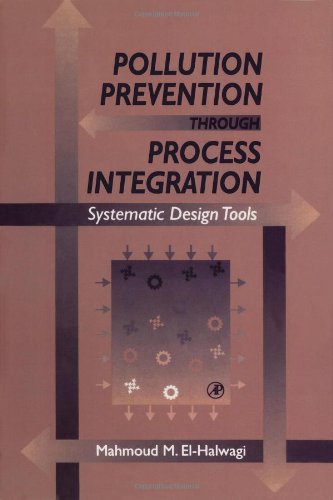


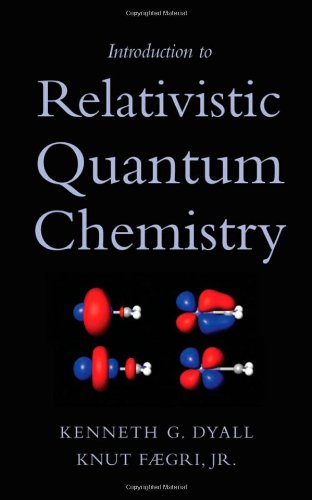
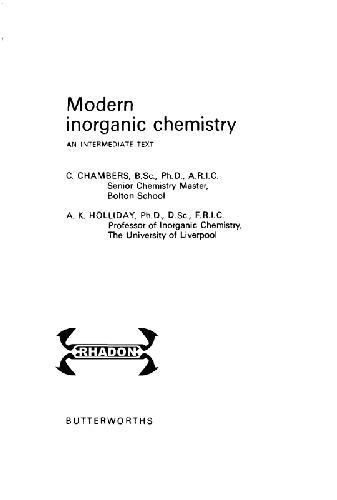
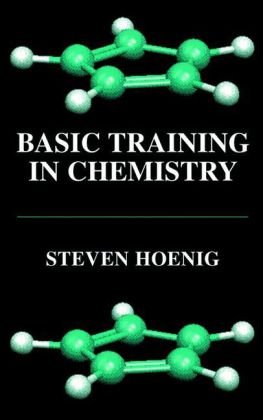
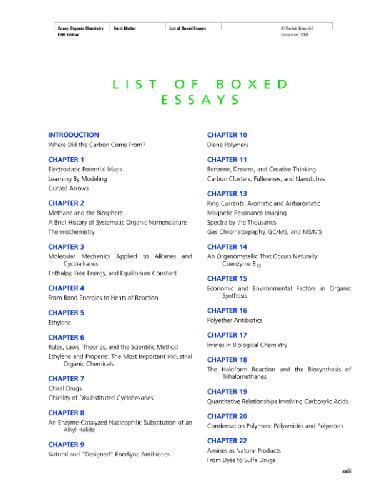
Reviews
There are no reviews yet.